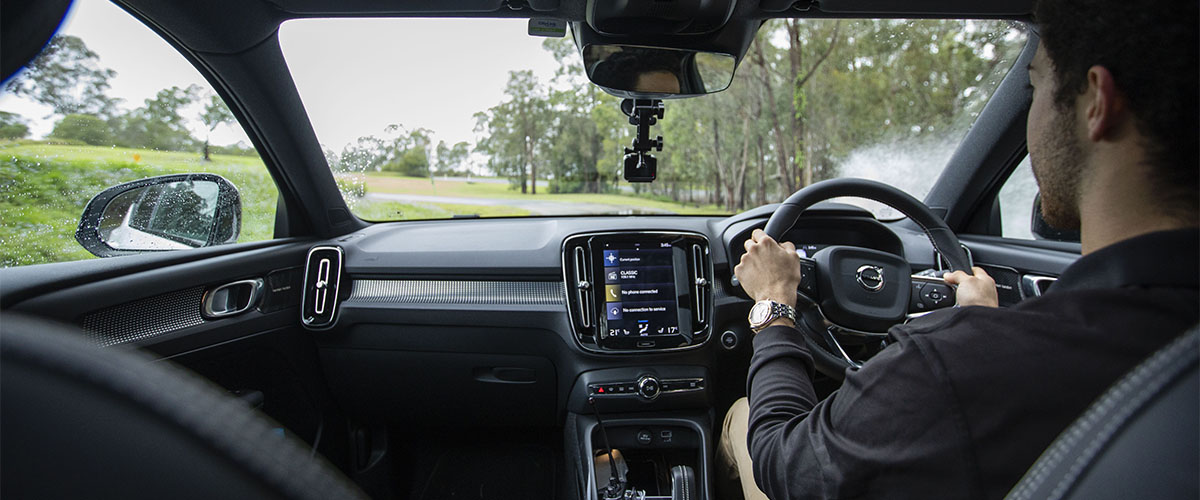Our eco-driving trial has seen drivers make small changes for a big impact on the environment and their hip pocket. The good news is that anyone can benefit from these findings.
Helping reduce customer vehicle emissions: our eco-driving trial findings
Using specific driving behaviours and techniques to lower fuel consumption is known as eco-driving. The idea is that ‘smooth driving’ (braking and accelerating smoothly and optimising gear selection in manual vehicles) is more efficient, and therefore more sustainable. Driving with the right tyre pressure and removing heavy items you’ve stuck in the boot and forgotten about are also eco-driving techniques.
Eco-driving outcomes
To find out if eco-driving does work, we ran a trial with drivers employing these techniques. And the answer was yes, it works. Eco-driving reduced participant vehicles’ fuel use and greenhouse gas (GHG) emissions by an average of 5.5%. This means eco-driving can deliver decent fuel consumption, GHG emission and fuel cost savings.
Across the trial, eco-driving resulted in:
- 1,559 litres of fuel saved
- 3,606 kilograms GHG emissions avoided
- 96% of participants reporting improvements to their driving.
Trial technology and format
We partnered with GOFAR, a company that uses vehicle performance tracking technology, to conduct this 2-stage trial: Stage 1 with about 50 Transurban employee participants; and Stage 2 with about 500 Linkt customers, all frequent users of Transurban’s Linkt road network. Both trials were conducted in Queensland.
For both stages, participant vehicles were fitted with GOFAR telematics devices, installed via the vehicles’ on-board diagnostic (OBD2) ports, with a dashboard visual device showing a green light when driving efficiency was optimised and red when drivers were, for example, stop-starting, braking harshly, accelerating aggressively, and speeding.
Eco-driving education
After establishing a fuel consumption baseline, Stage 2 participants watched short educational eco-driving videos to inform their driving. Then we captured data (via participants’ GOFAR devices) to identify any changes in fuel consumption and emissions.
What the trial findings mean
This study shows that eco-driving reduces fuel consumption – and the associated emissions – making it a more sustainable and economical way to drive.
Today, we all understand the essential and urgent need to reduce our emissions. Based on the trial findings and, given price parity between electric vehicles and internal combustion engine-powered vehicles is a few years off (estimates range from 2025 to 2030), eco-driving could be an excellent tool for reducing customer emissions right now.
Reducing emissions wherever possible to achieve net zero
Transurban is determined to achieve net zero GHG emissions by 2050, and to fully meet our UN Sustainable Development Goals. Right now, we’re taking significant steps to ensure we reach this target – including transitioning to 100% renewable energy. And while customer emissions are not counted in our indirect (Scope 3) GHG emissions, if we can help reduce them, we should and we will.
Based on this trial we’ll continue to look for ways to provide our customers with education and tools to help them drive more economically.

